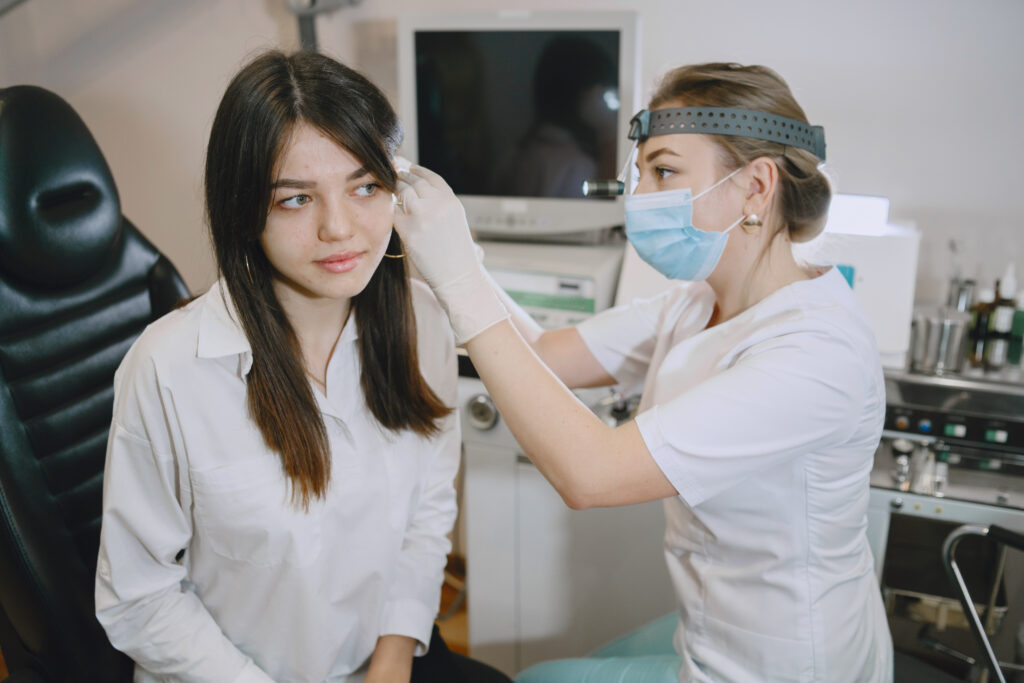
Hair loss is a common concern that affects people of all genders and ages. While it’s often associated with men, women also face the emotional and psychological challenges that come with thinning or receding hair. Fortunately, advancements in medical technology have paved the way for various hair transplant techniques tailored specifically to women. In this comprehensive guide, we will explore different hair transplant techniques designed to restore your confidence and rejuvenate your appearance.
Follicular Unit Extraction (FUE): Precision and Natural Results
- FUE is a minimally invasive technique that involves extracting individual hair follicles from a donor area (usually the back of the scalp) and implanting them into the thinning or balding areas.
- Discuss the benefits of FUE for women, including minimal scarring and a natural-looking outcome.
- Highlight the importance of choosing an experienced surgeon for FUE procedures.
Follicular Unit Transplantation (FUT): A Reliable Option
- FUT, also known as strip surgery, involves the removal of a strip of scalp from the donor area, which is then dissected into individual follicular units for transplantation.
- Explain how FUT can be a viable option for women with specific hair loss patterns.
- Discuss the advantages and disadvantages of FUT compared to other techniques.
Robotic Hair Transplantation: Precision at Its Finest
- Robotic hair transplantation combines advanced robotics and artificial intelligence to assist surgeons in harvesting and implanting hair follicles.
- Highlight the precision and accuracy of robotic techniques, which can be particularly appealing to women seeking natural results.
- Discuss the limitations and cost considerations associated with robotic hair transplants.
Platelet-Rich Plasma (PRP) Therapy: A Non-Surgical Alternative
- PRP therapy involves the use of the patient’s own blood plasma, enriched with platelets, to stimulate hair growth.
- Explain how PRP therapy can be a non-invasive option for women in the early stages of hair loss.
- Discuss the potential benefits and limitations of PRP as a standalone treatment or in conjunction with surgical procedures.
Mesotherapy: Targeted Hair Restoration
- Mesotherapy is a non-surgical technique that involves injecting a specialized cocktail of vitamins, minerals, and growth factors into the scalp.
- Explore how mesotherapy can promote hair growth and improve hair quality for women.
- Discuss the number of sessions required and the expected outcomes.
Conclusion:
Hair loss can be a distressing experience, but there are various hair transplant techniques tailored to women’s unique needs. Whether you opt for the precision of FUE, the reliability of FUT, the innovation of robotic transplantation, or the non-invasive options like PRP therapy and mesotherapy, there is hope for restoring your confidence and achieving the natural, beautiful hair you desire. Consult with a qualified hair transplant specialist to determine the best approach for your specific needs, and take the first step towards a more confident and vibrant you.

